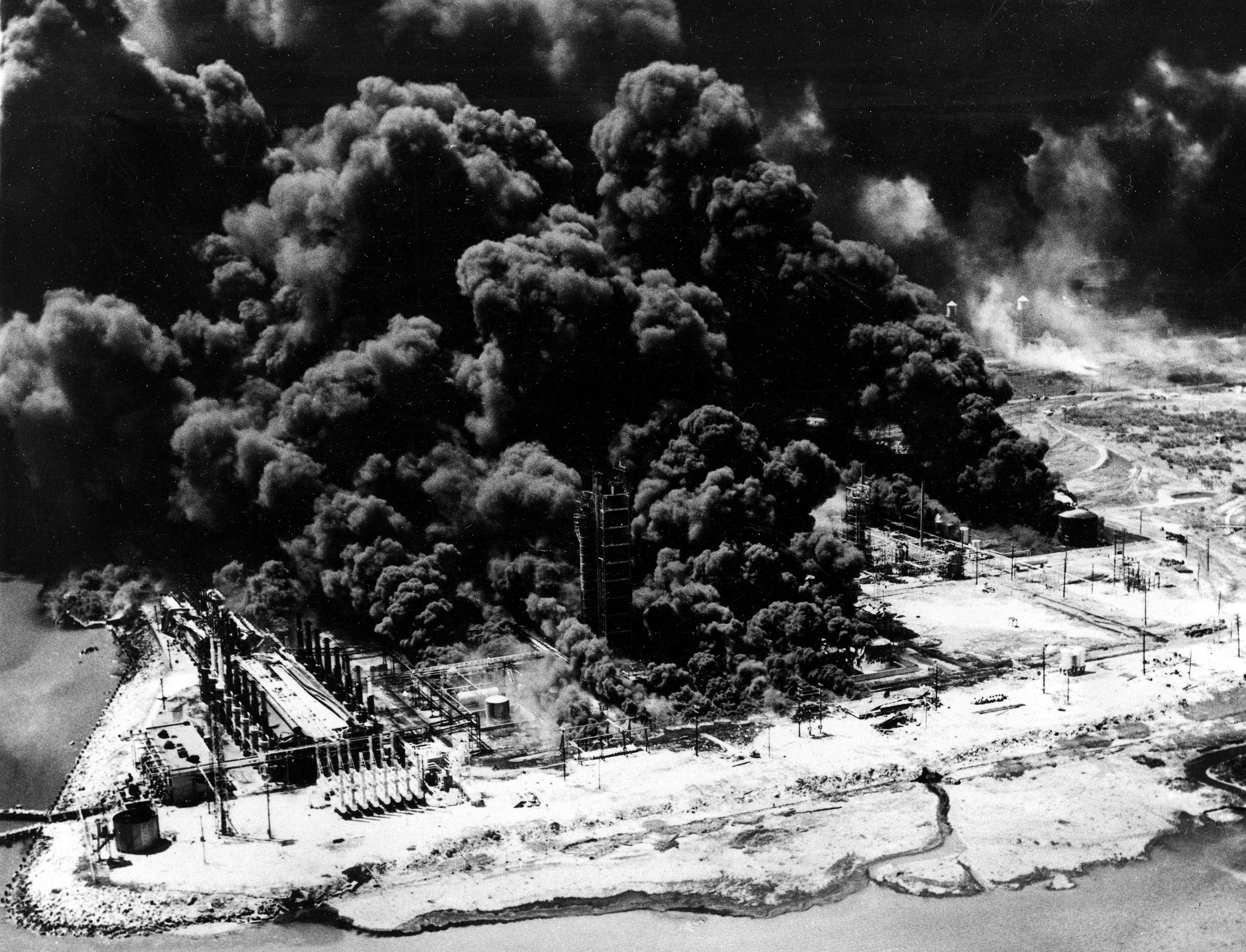The Largest Non-Nuclear Explosion in US History Posted on 17 Apr 14:17

April 16, 2019 marked the 72nd anniversary of the deadliest industrial accident in U.S. history. It happened near our company’s Houston headquarters in Texas City, Texas.
On that dark day at least 581 people died in the disaster and another 8,000+ people were devastated by the event. About 100 survivors of the Texas City tragedy gathered together this past weekend to remember those who lost their lives.
On that day in 1947, a fire started on the SS Grandcamp, a ship that was docked at the Port of Texas City. The ship was carrying nearly 2,200 tons of ammonium nitrate, which is used as fertilizer as well as some small arms ammunition, industrial machinery, and bales of cotton on the deck. It proved to be a deadly combination. The crew spotted the fire in the cargo hold and tried to control it by piping steam into the hold, which made things much worse because the steam converted the ammonium nitrate to nitrous oxide.
The cargo exploded and shook the port, nearby Houston and the nation itself. In short order that initial explosion set off a series of fires and detonations that destroyed and damaged over 1,000 nearby buildings, businesses and homes. It was so powerful that it shattered windows in Houston over 30 miles away. It was so intense that it registered on a seismograph in Denver, Colorado that’s more than 900 miles away.
When the SS Grandcamp blew, it set off a chain reaction that blew up nearby cargo ships, destroyed the Monsanto Chemical Company plant and set ablaze refineries and chemical tanks along the Houston ship channel waterfront and turning basin.

As an example of the power of that initial blast, one of the ship's anchors, weighing over 4,000 pounds was found in a 10-foot crater more than 1.5 miles away.
The damage of the blast is the equivalent to about $2 billion today, and it remains the seventh deadliest industrial disaster in the recorded history of the world.
